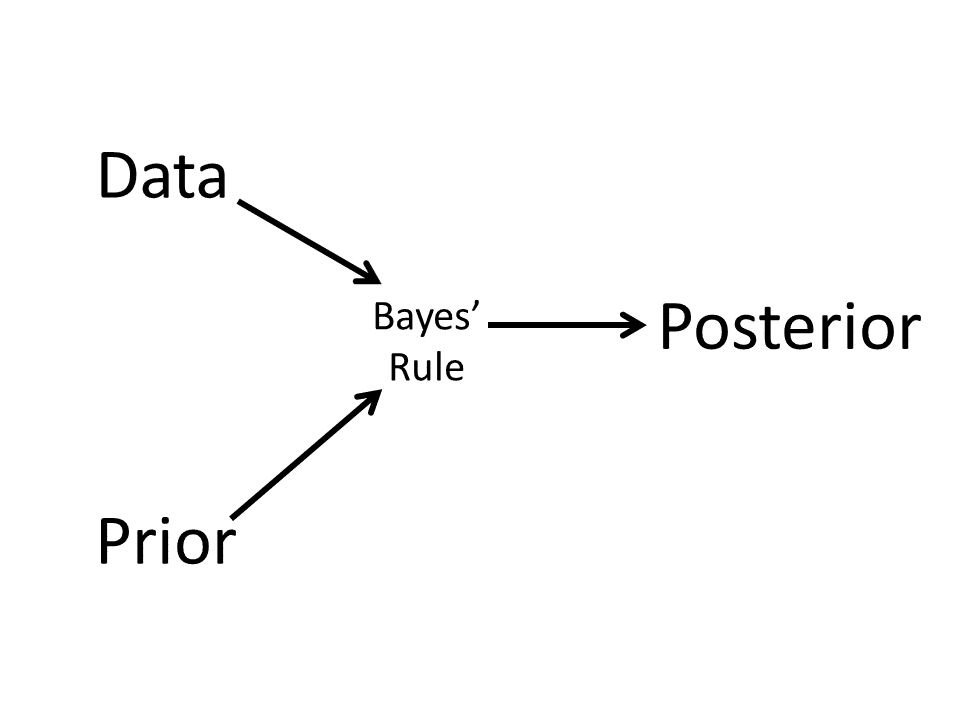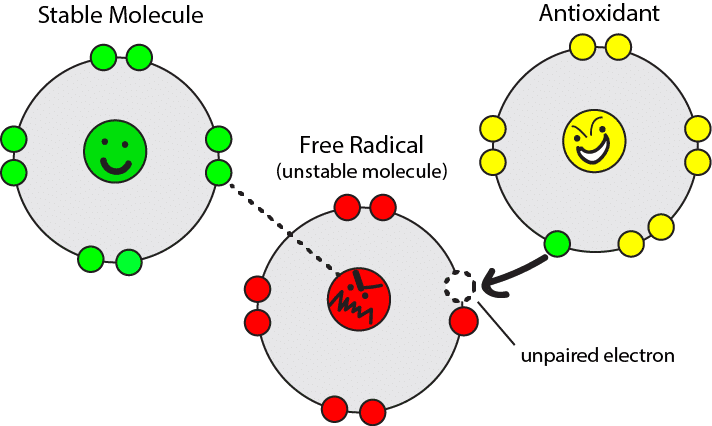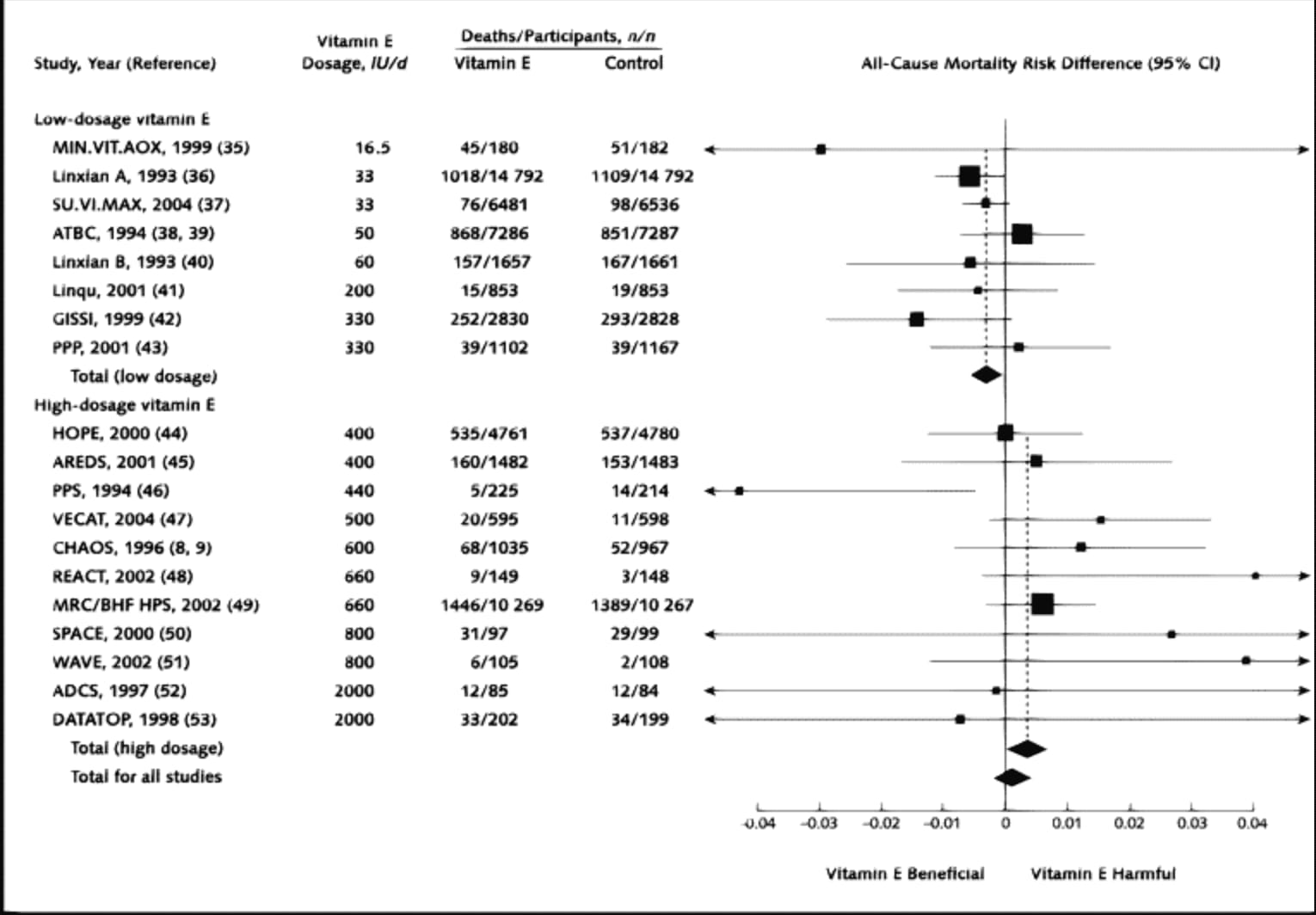Bayesian data analysis is beginning to gain traction in several fields. Some of those reasons include that it allows individuals to represent uncertainty using probability distributions and it helps them avoid losing information that’s typically lost with point estimates and dichotomization.
Bayesian inference also allows for relevant background information to be incorporated into a model using a more continuous approach rather than making binary decisions about what to include.

This approach generally plays out well when the background information being incorporated is based on empirical evidence. However, when a prior is poorly chosen and is given a lot of weight, it transfers into the posterior distribution and can yield results that are no more helpful than using a frequentist approach.
Sander Greenland discusses this particular issue in depth in his response to a Bayesian meta-analysis that was done on Vitamin E and mortality.
To give some context, it was well known in the biochemical literature at the time that antioxidants reduced oxidative stress, so naturally, everyone was interested to see whether antioxidant supplements, such as Vitamin E could be used for any health outcomes.

Several randomized controlled trials had investigated the effects of vitamin E supplementation on mortality, and a few conventional meta-analyses that pooled these studies found that:
high doses of vitamin E supplementation increased the risk of mortality
low doses of vitamin E reduced the risk of mortality
studies that were at low risk of bias showed that vitamin E increased the risk of mortality
studies that were at high risk of bias showed that vitamin E decreased the risk of mortality.

The data weren’t all in agreement. But based on what we knew of mechanisms, combined with the human data, it made sense to believe that vitamin E, at specific dosages, may have helped certain people (people with deficiencies), been useless for a lot of people, and harmed others (induced toxicity). It doesn’t make much sense to conclude that vitamin E has no effect and to extrapolate this to the whole population.
Furthermore, many of the meta-analyses were pooling together trials that used the synthetic form of Vitamin E, dl-tocopheryl acetate, a racemic mixture comprising 50% of but one of 8 known active naturally occurring molecules with vitamin E activity and extrapolating these results to the entire class of molecules.
It would be the equivalent to studying only Vitamin K1 in trials, which is found in plants, finding little to no activity on various biomarkers, and extrapolating those results to the entire Vitamin K class with meta-analyses. So from the beginning, many of these meta-analyses and their conclusions were already displaying ignorance of biochemistry.
In 2009, a group of researchers wanted to end the confusion regarding vitamin E and mortality and decided to go with a Bayesian hierarchical meta-analysis and incorporate prior information into the model, thinking that it would be the solution the mixed results found in the past. They explain their reasoning for using a Bayesian meta-analysis,
“This relationship should be modeled in a robust fashion and presented in a way that clarifies the strength of the relationship and, to the extent possible, resolves residual uncertainties about the relationship and its strength. We take an approach that is ideally suited for both purposes: Bayesian hierarchical modeling [4,17]. This approach makes assumptions that are less restrictive than those of a conventional meta-analysis”…
“We regard the collection of available studies as a sample from the larger population of studies that address the effects of vitamin E on mortality. Conclusions are possible for the population of studies. And because each study is a member of this population, posterior distributions are available for the effects within individual studies, ‘borrowing strength’ from the other studies in the sample.”
They explored four possible relationships that could explain the association between vitamin E and mortality,
“We examine four mean functions: (1) no vitamin E effect; (2) a quadratic-linear spline; (3) a linear dose effect; and (4) a quadratic dose effect. A Bayesian approach enables such statements as, ‘the probability that vitamin E increases all-cause mortality…’. In addition, the Bayesian modeling averaging aspect of the analysis allows us to draw conclusions such as the probability that a model for a dose–response relationship is correct (within a specified collection of models).
Rather than base our conclusions on a single model as done in other meta-analyses [14–16], we allow a variety of dose–response relationships to contribute to our final conclusion by averaging the results based on the probability that each model is correct.”
They gave each of these models equal weights,
“Specifically, considering the four mean structures for the dose– response relationship: (1) no E effect, (2) spline, (3) linear, and (4) quadratic, we give those four structures the same probability a priori and find the posterior probabilities that each is the correct model among those considered. Consistent with the standard rules of probability, we average the results of the four models to find a final posterior probability, accounting for uncertainty in the choice of models.”

They report,
“As shown in Table 4, the most likely models are the no E effect, with posterior probability 0.94, and the spline, with posterior probability 0.04.”
Greenland responds with,
“My chief objection to BWN’s analysis is the priors it places on vitamin-E effects and effect variation (heterogeneity, interaction). BWN’s model averaging places a special lump (mass) or ‘spike’ of prior probability on each candidate model, including models with no vitamin-E effect, a linear effect, or no variation in effect across covariates (see their Table 4 and supplementaryTable 1).
The inclusion of spikes on these models is not justified by any external information given in BWN. On the contrary, human trials were conducted precisely because other research suggested benefits of vitamin E for health-related endpoints.
If we also recognize that there must be some dose of vitamin E that is toxic, we have no basis for giving extra weight to null models. I thus infer (and my own analysis confirms) that BWN’s use of prior probability spikes on these models pushes them to a stronger null conclusion than would be supported by analyses using priors based on actual external data. In other words, their priors inflate the posterior probability on the null, producing an overconfident inference of ‘no effect.’
Back to the Bayesian meta-analysts who conclude from their results,
“In summary, our Bayesian meta-analysis of data from 22 clinical trials concludes that vitamin E is unlikely to affect all-cause mortality, and that this is true regardless of dose.”
Sander Greenland returns with,
“This cannot be literally true. Background information says that vitamin supplements will affect mortality in a fashion dependent on dietary and metabolic covariates: * First, by the definition of ‘vitamin,’ deficiency states are possible and can be ameliorated by supplements. * Second, as with every essential substance (including oxygen and water) there will be a point of toxicity. Furthermore, the doses yielding benefit and harm will vary across individuals, e.g., individuals with adequate diets will get no benefit in the form of deficiency protection.
If anyone is affected, however, supplement use must affect mortality, although this effect may be beyond detection in feasible trials. I also dislike the wording of BWN’s conclusion. Language is important: To the detriment of science, much statistics has been the art of appearing objective and mathematically precise even when dozens of subjective judgments go into producing the final results [12,13].
BWN refer to their prior driven subjective probabilities as if those were singular objective quantities, as when they claim that ‘Vitamin E intake is unlikely to affect mortality regardless of dose.”
He continues later on,
“As a corollary, Bayesian analysis may mislead readers if it objectifies probability statements. Objectification invites deceptively unconditional claims about probabilities of hypotheses, such as BWN’s claim that ‘Vitamin E intake is unlikely to affect mortality regardless of dose.’
This statement sounds as if the subjective conclusion is a discovered biological fact, when it is only a psychological fact, a posterior belief about the null hypothesis based on priors that others (such as myself) find objectionable. For each hypothesis there will be many probabilities, including BWN’s probability, my probability, and your probability, derived from the different models and priors acceptable to BWN, me, and you.”
This might sound crazy but I think Sander Greenland is on to something here…
Help support the website!


